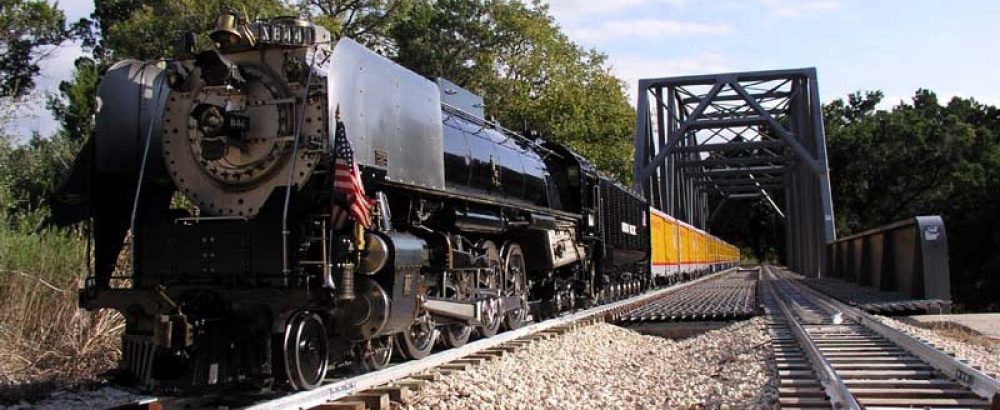Traditional approaches to automatic signaling use track circuit sensing and relays in a manner similar to full-scale railroads.
In many cases this works fine until longer track segments are required, central monitoring is desired, or you want to add CTC capabilities.
A common problem with relay-based systems is that they become unreliable with longer track segments which have higher rail-to-rail leakage – especially in wet conditions with the copper-based wood preservatives in use today.
The variation in leakage makes it difficult to select a relay that will pickup and drop out appropriately to prevent “False Clear” or “False Occupied” conditions.
Problems also arise when you want to implement a centralized display of train movements or you want to control remote turnouts, etc. (e.g.: dispatcher) because the amount of wire required to connect the tracks, signals, etc. to one (and only one) central location explodes.
As the system grows (more intermediate signals, wyes, complex interlocks, etc.), relay systems can get very complicated (check out a full-size relay rack at a railroad sometime). Relay systems also do not give you the information you need to quickly diagnose a failing relay, broken bond wire, etc.
Many people think that implementing signals similar to full-size ABS or APB signals is sufficient to support bi-directional traffic flow on ride-on railroads. I assert that this is not the case, see: Why ABS or APB Signals Are Not Sufficient
I am not saying that relay systems are inappropriate for some railroads. There are railroads that are happy with them within the restrictions I outlined above.
The MiniRail Solutions signal system eliminates issues with long blocks, varying track conditions, etc. while supporting complex interlocks, traffic flow control, central monitoring, etc.
